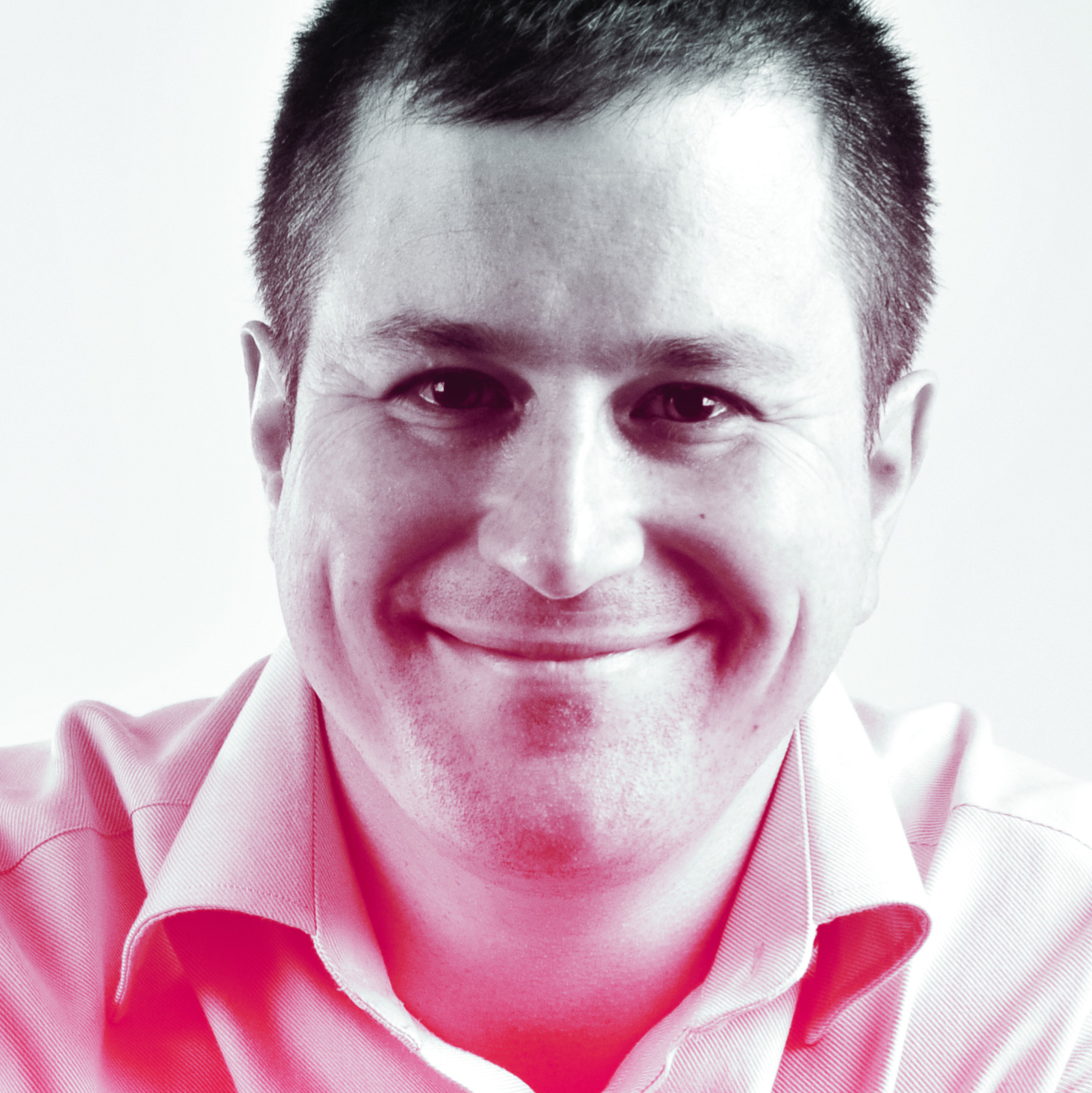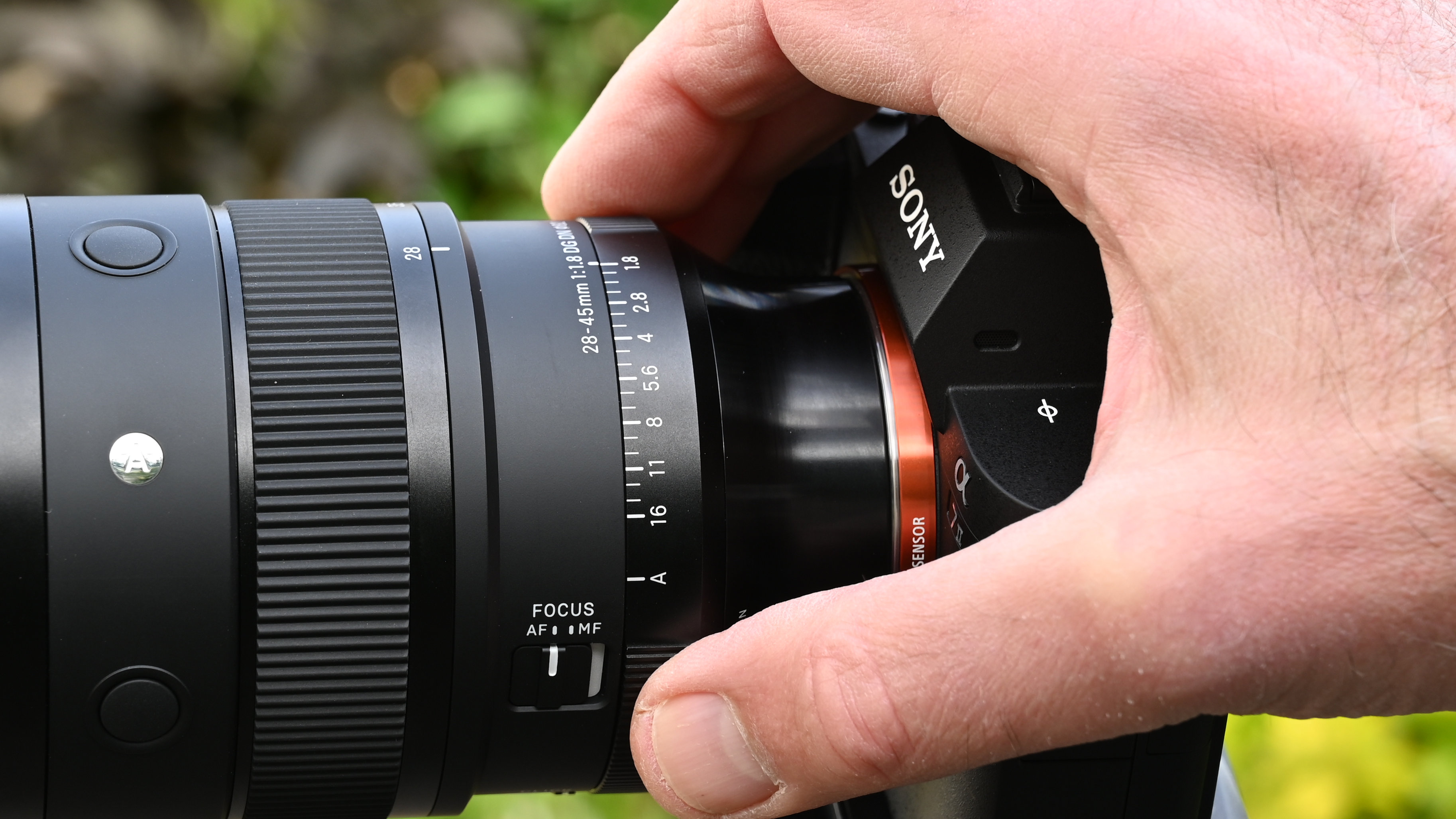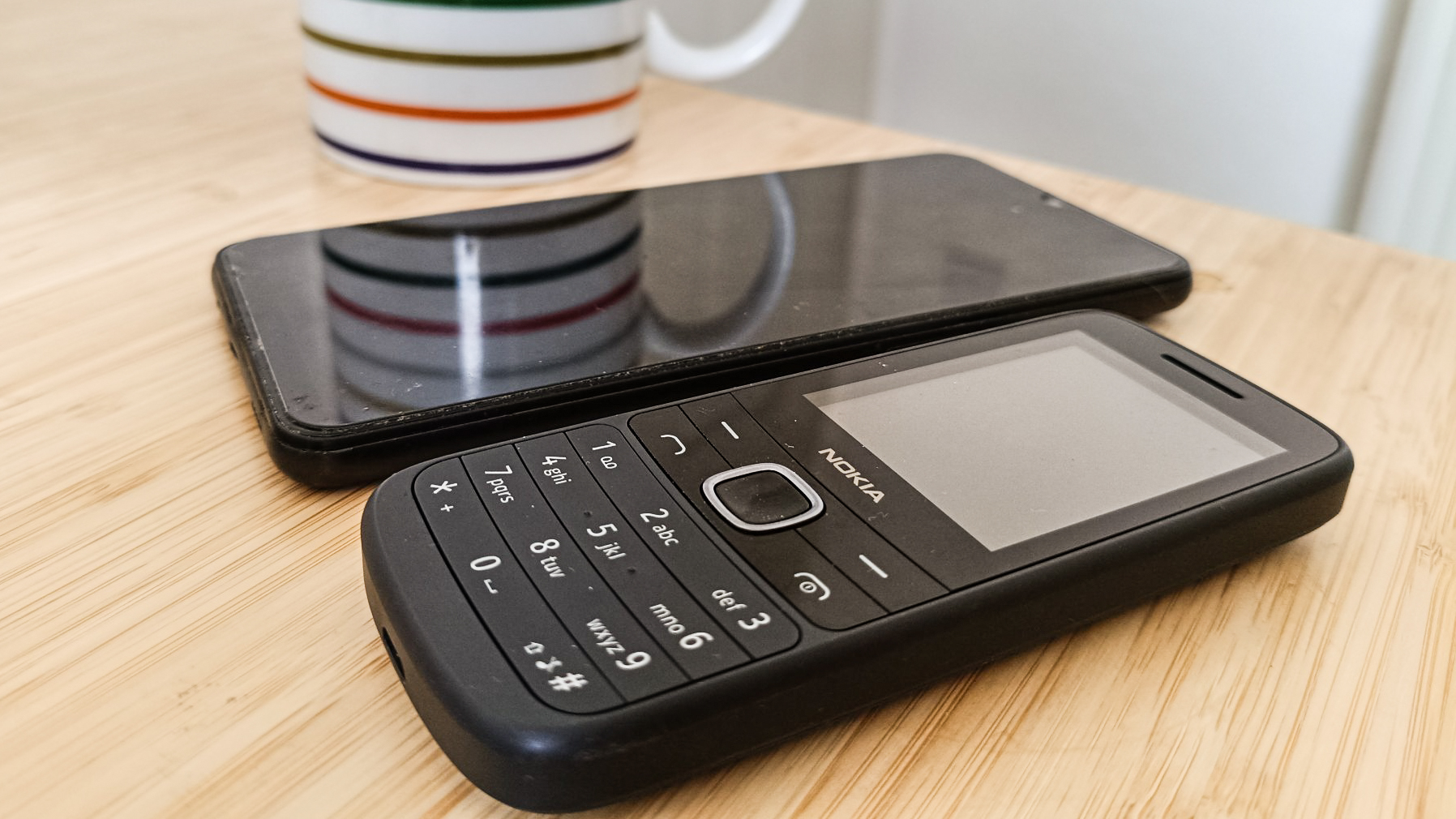
Remember when phones were just for calls and texts? Those were simpler times. Now our smartphones have become digital leashes, dragging us into a constant cycle of notifications, emails and social media updates that never stop demanding our attention.
Photographers are especially vulnerable: your creative work demands focus and presence, but your phone keeps pulling you away from the moment. And believe me, I've been there. Standing in gorgeous, golden-hour light, surrounded by potential shots, only to find myself instinctively breaking off to check an unwanted notification. Sound familiar?
That's why I've embraced a two-phone solution that has genuinely changed my life and creative work. Here's why I think you should consider it too.
The problem with smartphones
First, though, I need to establish that I'm no hater. Smartphones are incredible. They can edit photos, manage client communications, talk to you, organize your schedule, and their cameras are getting better all the time. But you can't deny they can also become attention vampires; keeping us hooked with dopamine-triggering notifications and endless scrolling.
Studies have shown that constant smartphone use correlates with higher anxiety, poorer sleep, and reduced creative thinking; all things that directly impact our work as photographers. And frankly, we all knew that already. Yet going completely smartphone-free just isn't realistic for most of us.
The solution? Keep your smartphone but add a basic feature phone, aka dumbphone, as your everyday carry. These retro-style phones offer just enough connectivity for essential communication without all the distractions.
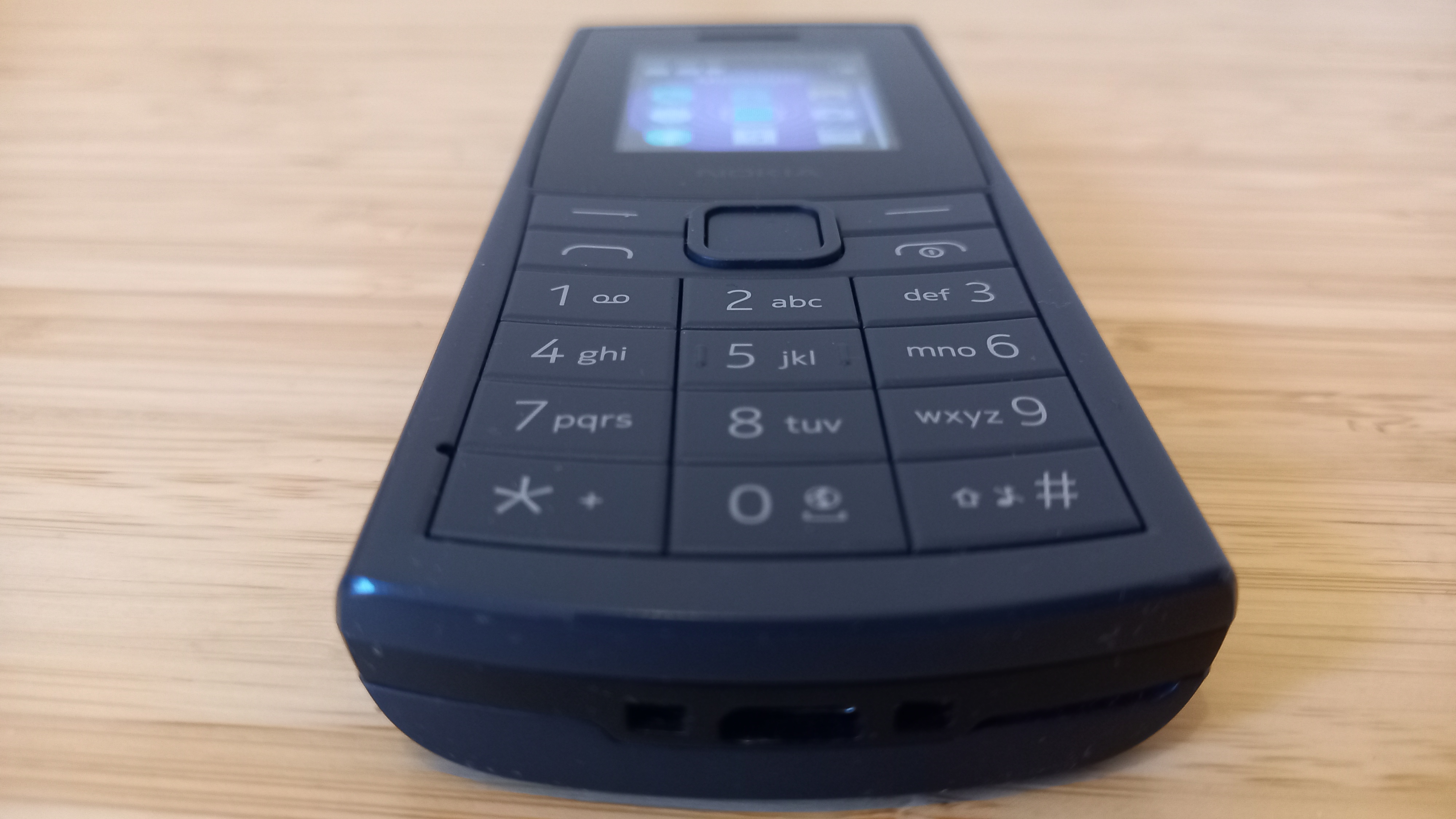
In my recent review of the Nokia 110 4G, I found that for just $40/£30, you can get a phone with battery life measured in days (not hours), crystal clear call quality, simple texting functionality, basic 4G connectivity and virtually indestructible build quality.
The best camera deals, reviews, product advice, and unmissable photography news, direct to your inbox!
Yes, the 0.3MP camera is limited to say the least. But that's actually part of the charm. This isn't about replacing your professional gear or even your smartphone's camera: it's about giving yourself permission to disconnect, while still being reachable.
How it works for me
Here's the setup that works for me. Morning through afternoon, I carry only my Nokia dumbphone. I'm reachable for calls and texts but completely free from social media, emails and other digital distractions. This is when I do my best creative work – or even just thinking without constant interruption.
Then in the evening, I check my smartphone for a dedicated period (usually an hour) to respond to emails, check social media, and handle any non-urgent matters that accumulated during the day. Since switching to this schedule, the difference has been transformative.
My mental clarity has improved. I'm more present while working. And I've rediscovered the joy of being creative. All without feeling the constant urge to immediately share everything online.
How to afford it
"But I can't afford two phones!" I hear you say. Well actually, you probably can. Feature phones are incredibly affordable: £30-60 ($40-80) gets you a solid device that will last years. Yes, you can spend a lot more, on a sophisticated device such as the Punkt MP02. But I really don't think you need to.
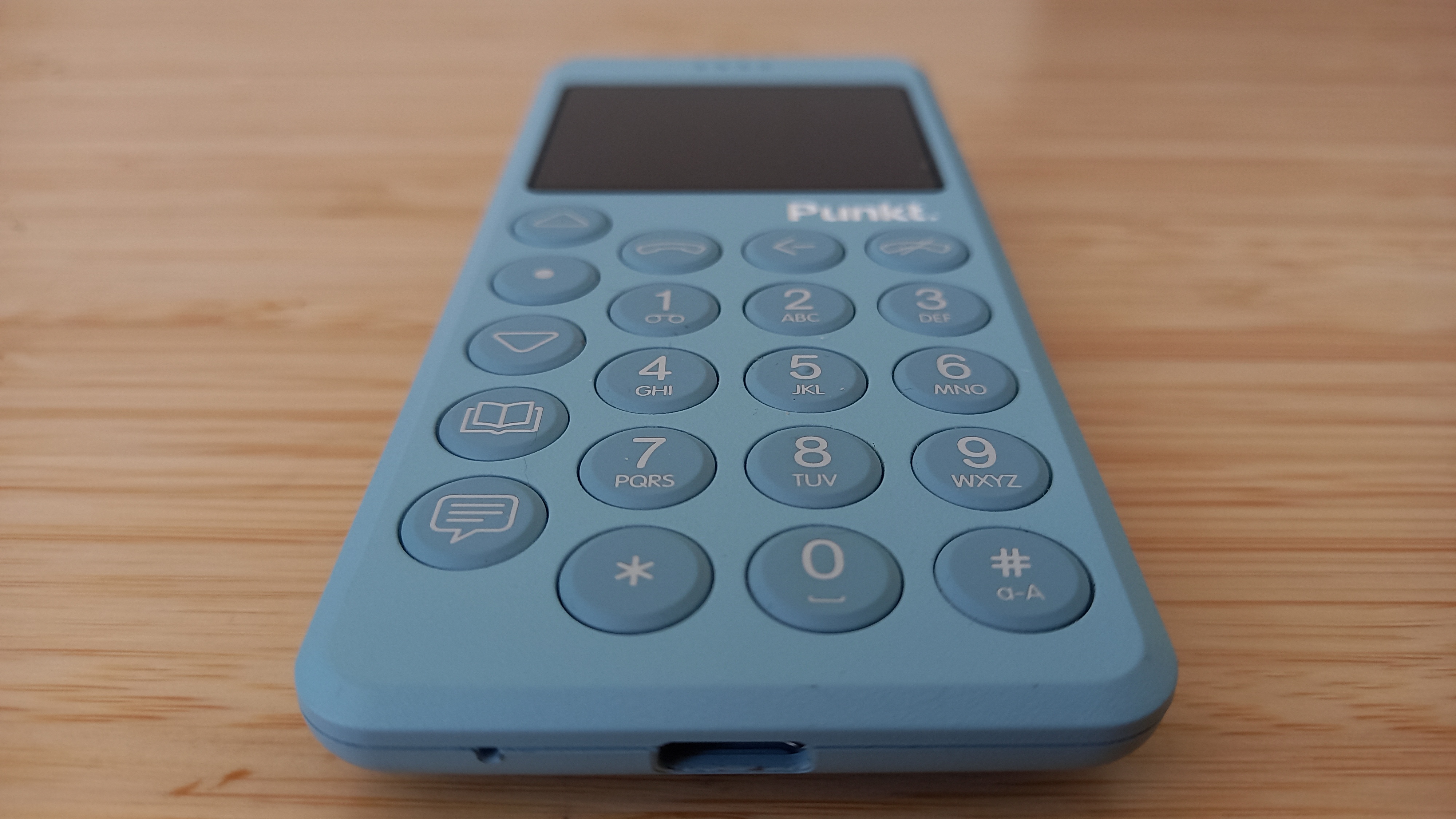
Many carriers offer multi-SIM plans where you can share your existing data plan across devices. Or if you prefer separate plans, basic talk/text plans for feature phones often cost less than $15 (£10) monthly. The productivity boost from reduced distraction will likely pay for itself many times over.
And consider this: how many hours of billable work or creative projects do you lose to mindless phone use? Even reclaiming one hour per day could translate to thousands in additional income or personal projects completed.
There are practical benefits too. A second phone is a reliable backup when your main one fails. More broadly, you'll save your smartphone's battery for when you really need its features. Plus you'll get the opportunity to separate work and personal life, by using different numbers for different purposes.
Most fundamentally, you'll doubtless sleep better at night... and honestly, you can't put a price on that.
Check out all our recommendations for the best burner phones, and the best dumphones currently on the market
Tom May is a freelance writer and editor specializing in art, photography, design and travel. He has been editor of Professional Photography magazine, associate editor at Creative Bloq, and deputy editor at net magazine. He has also worked for a wide range of mainstream titles including The Sun, Radio Times, NME, T3, Heat, Company and Bella.
You must confirm your public display name before commenting
Please logout and then login again, you will then be prompted to enter your display name.
